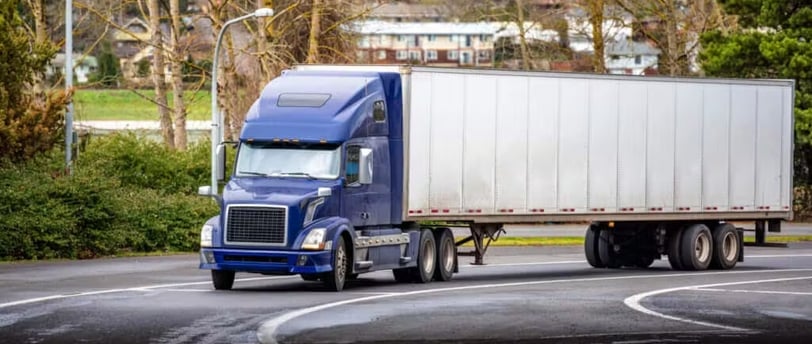DRY VAN
How does DRY VAN'S work?
12/18/20241 min read


How does a DRY VAN work?
A dry van is a type of enclosed trailer used for transporting freight over long distances. It is designed to protect cargo from the elements without temperature control, making it ideal for transporting general freight such as electronics, clothing, and other non-perishable goods.
Hitching the Trailer
The dry van is typically hitched to a tractor unit or semi-truck, which provides the power to move the trailer. The tractor unit and trailer work together to transport the cargo to its destination, with the driver navigating the route.
Loading and Unloading
Loading and unloading of goods in a dry van typically occur at docks or warehouses. Forklifts or pallet jacks are used to load and unload the goods, which are usually secured inside the trailer with adjustable tie-downs or straps to prevent shifting during transit. The dry van features roll-up or swing doors at the rear, allowing for easy access to the cargo.
Cargo Protection
Dry vans are fully enclosed, weatherproof containers that shield goods from external elements such as rain, snow, and wind. This makes them ideal for transporting items that require protection from the weather but do not need climate control, like electronics, furniture, or clothing.
Standard Freight Use
Unlike refrigerated trailers or flatbed trucks, dry vans are designed for standard freight that doesn’t need special temperature conditions or handling. They are widely used in the logistics industry for long-haul transportation and are considered one of the most common types of freight trailers.
Efficiency in Transportation
The dry van’s enclosed design and ability to be easily loaded and unloaded make it a highly efficient means of transporting goods. Its versatility and protection against the elements enable it to operate across a wide range of industries, ensuring the safe delivery of goods over long distances.
